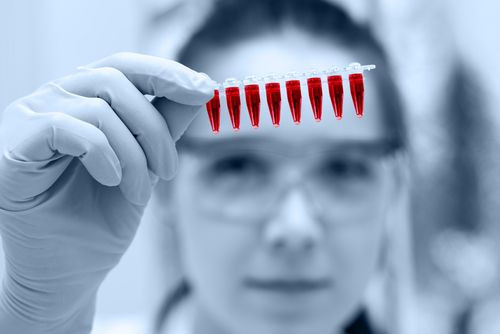New Drugs, Including Sovaldi, And Better Screening Could Make Hepatitis C A Rare Disease By 2036

By the year 2036, hepatitis C will be a rare disease affecting just one in every 1,500 people in the U.S., according to a new predictive model developed at the University of Pittsburgh Graduate School of Public Health.
The analysts say the number of cases will plummet courtesy of effective new drugs, including Gilead Sciences’ Sovaldi, and new screening guidelines. Currently, about one in every 100 Americans has chronic hepatitis C, a contagious liver disease, ranging in severity from a mild illness lasting just a few weeks to a chronic, lifelong sickness requiring, in some cases, a liver transplant.
Highly Effective, If Controversial, Drugs
What many people don’t realize is hepatitis C, which causes 15,100 fatalities annually, surpassed the annual number of deaths from HIV seven years ago. Fortunately, the Food and Drug Administration granted approval for Sovaldi, a new drug from Gilead Sciences, this past December. This antiviral agent directly targets the virus, unlike previous medications, and has been proven to completely eliminate hepatitis C in nearly nine out of 10 patients, with only minimal side effects. Yet, the drug is very expensive — $1,000 a pill or $84,000 for a full 12-week treatment course — stirring no little controversy within the pharmaceutical and insurance industries. With similar drugs from other companies in the pipeline, analysts say the number of people suffering from hepatitis C should dwindle over time… but how long would it take, exactly?
To calculate the answer, a research team from University of Pittsburgh created a detailed computer model of the natural history and progression of hepatitis C, both with and without treatment. The model predicts the number of hepatitis C infections in the U.S. at any given time from 2001 through 2050, posed under multiple scenarios which take into account drug options, infection status awareness, stage of disease, treatment history, and continued drug development.
The model estimated, under the current screening guidelines recommending baby boomers be tested, hepatitis C would become a rare disease — one that affects at most one in every 1,500 people — by the year 2036. The research team also modeled what would happen if a one-time universal screening for hepatitis C took place instead of only testing baby boomers. "In that scenario, nearly one million cases of hepatitis C would be identified in the next 10 years," said Mina Kabiri, a doctoral student in Health Policy and Management at University of Pittsburgh. "And that translates into making hepatitis C a rare disease by 2026, a decade earlier than we'd predicted with the current screening guidelines."
So, is this just scientists having fun with their crystal balls or is this a realistic forecast? To validate their predictions, the researchers ran the model for the years 2003 to 2010 and came up with a prediction of 2.7 million cases of hepatitis C — the actual number of cases reported in the U.S. during that period. In short, the model appears to work. "Making hepatitis C a rare disease would be a tremendous, life-saving accomplishment," Kabiri said.
Source: Kabiri M, Jazwinski AB, Roberts MS, Schaefer AJ. Annals of Internal Medicine. 2014.
Published by Medicaldaily.com



























